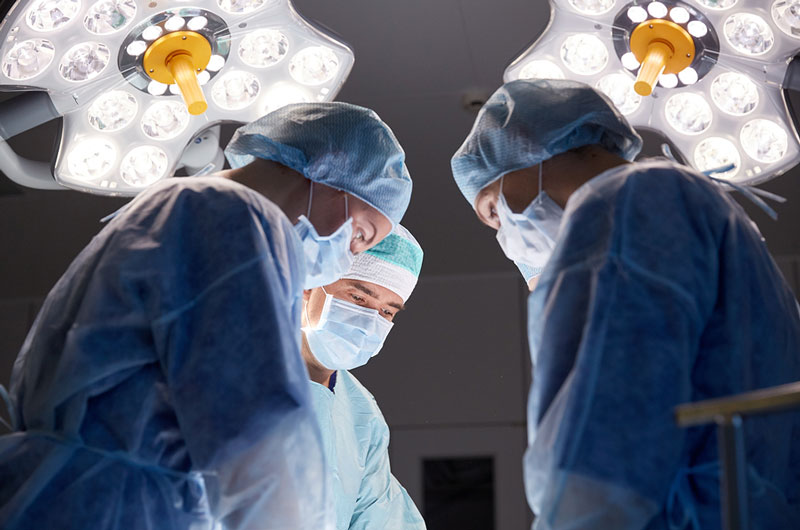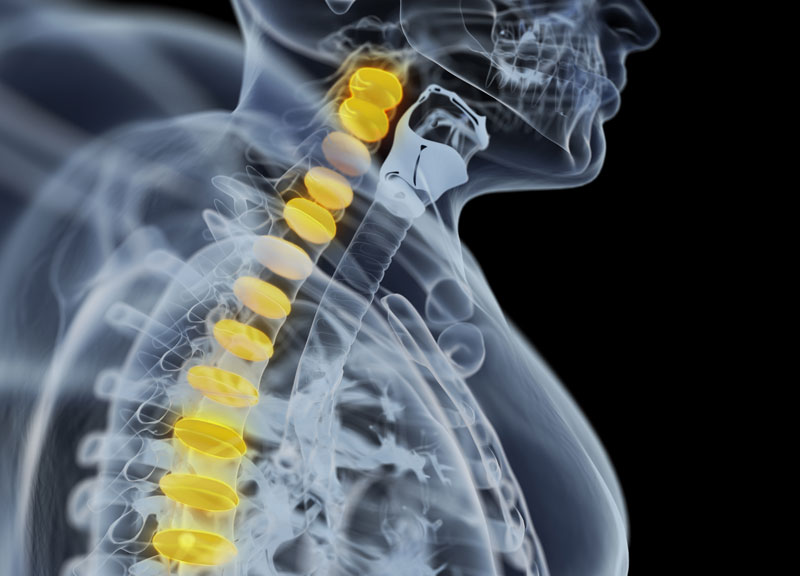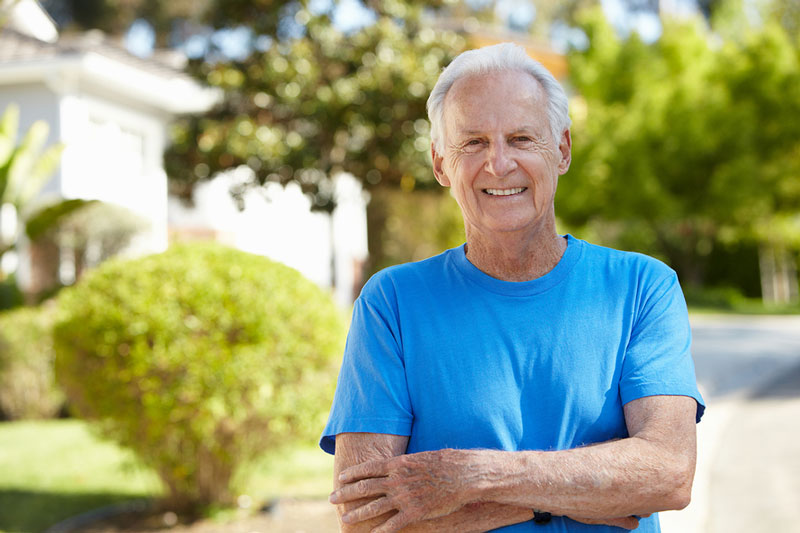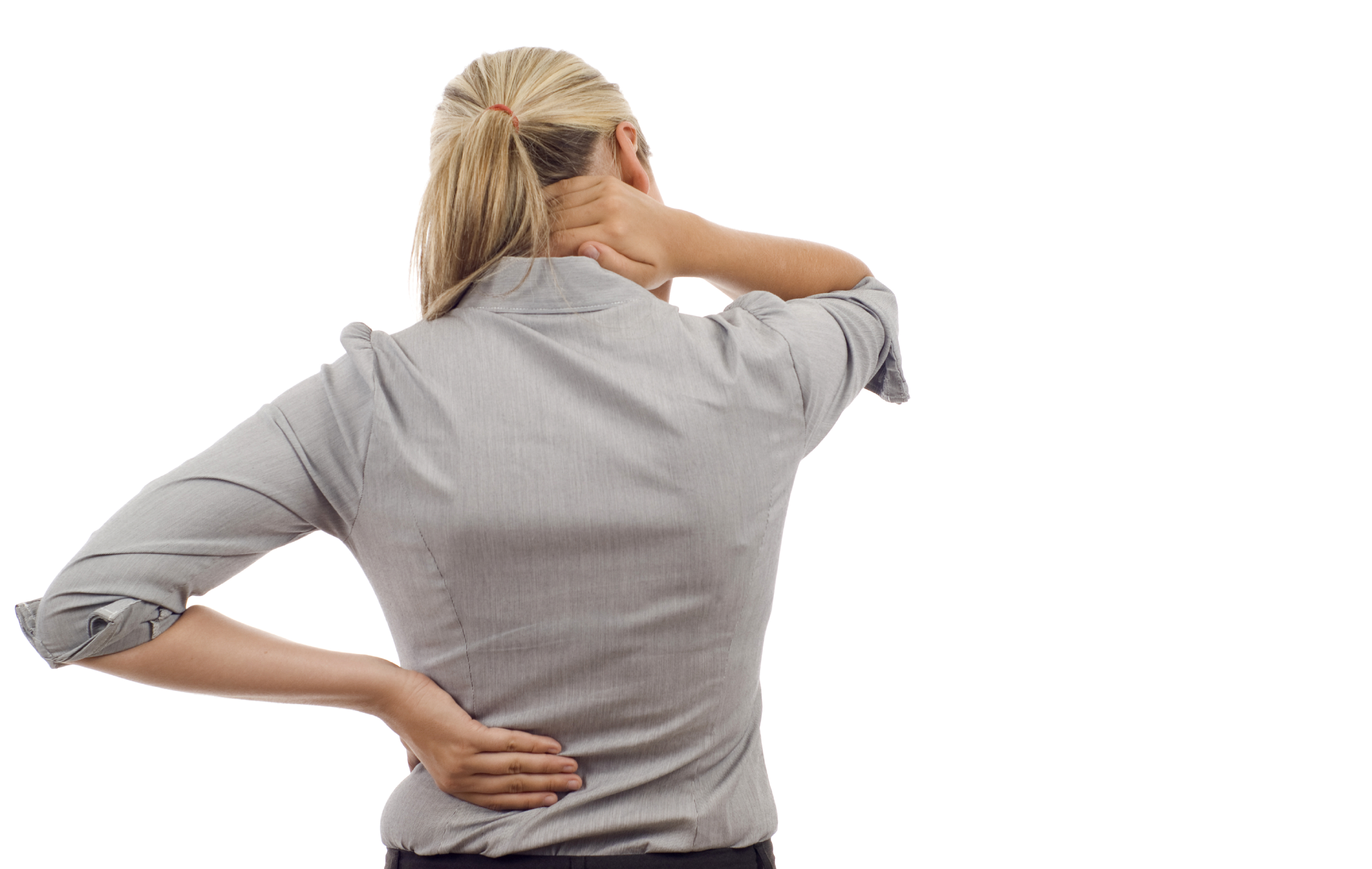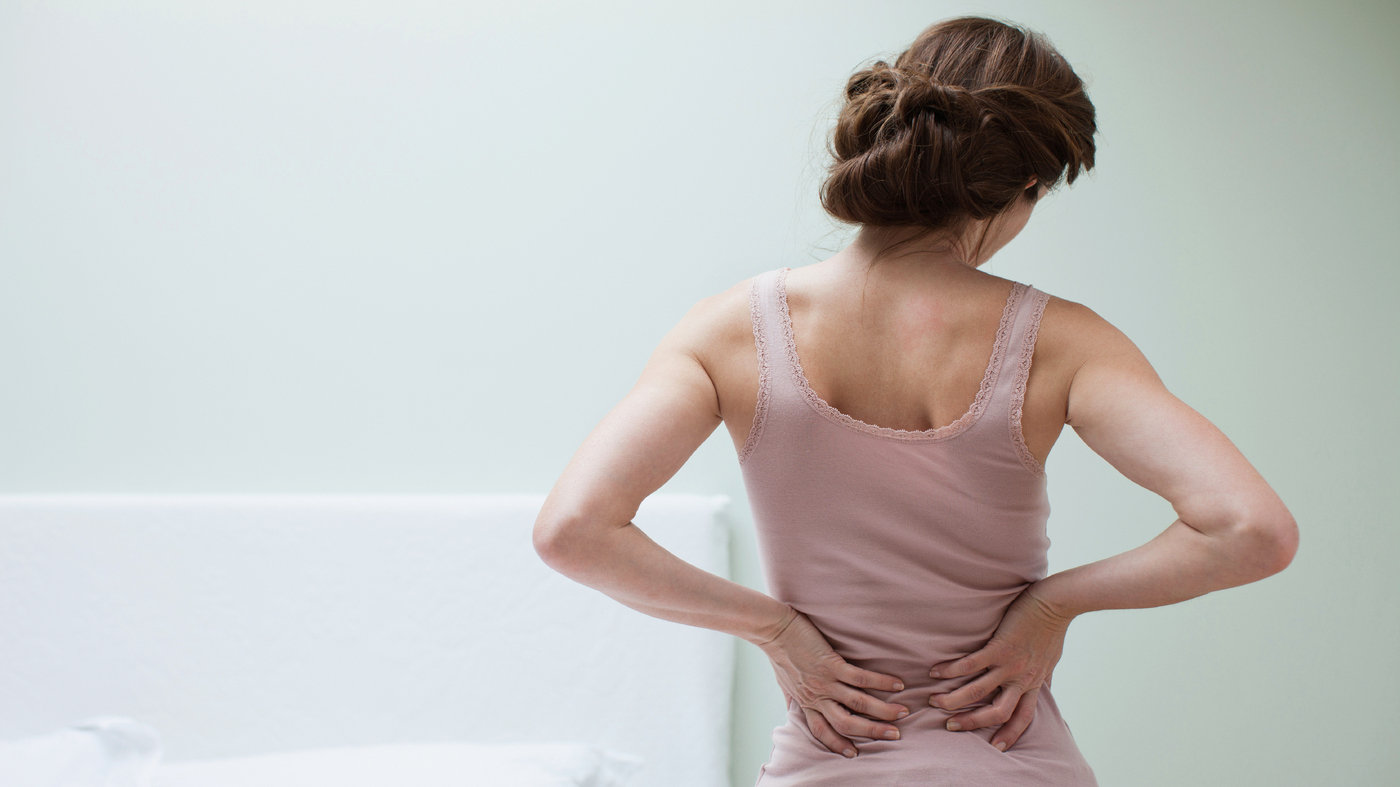Overview
The condition narrows down open spaces in spine, adding pressure on the spinal cord and the nerves. This pressure travels through the spine to the arms and legs. Usually, this condition affects the lower back and the neck. Spinal stenosis may not cause any signs or symptoms in some patients. On the other hand, others may experience tingling, pain, numbness, muscle weakness, and issues related to normal bladder or bowel function.
The major cause of spinal stenosis is changes related to spinal wear-and-tear due to osteoarthritis. Under severe conditions, doctors may suggest surgery as the treatment option to create additional space for nerves or spinal cord.
Signs and Symptoms
Most people show evidence of spinal stenosis. However, these are only displayed on X-rays. There are no visible signs or symptoms. When symptoms occur, they usually start very slowly and worsen over time. The symptoms vary according to the site of the stenosis. Here are some of the common symptoms based on stenosis location:
Neck Stenosis (cervical spine) – Also known as cervical stenosis, it can result in various problems such as weakness, numbness, or tingling in a leg, foot, arm or hand. The most common of all is tingling in the hand. A lot of people report problems with walking and balance. The condition may also affect nerves to the bladder or bowel, resulting in incontinence.
Lower Back (lumbar spine) – When nerves in the lumbar spine are compressed, it results in pain or leg cramps, especially when you stand for long periods or while walking. Sitting down or bending forward will ease the pain.
Seeking Medical Attention
You need to get an appointment with your doctor to consult about persistent pain, numbness or weakness in back, legs or arms.
Causes
The main cause of spinal stenosis is less space available within the spine. This may be either congenital (by birth) or any event that results in the reduction of this space. Causes of spinal stenosis may include:
Small Spinal Canal – Some people are born with small spinal canal. This leaves very less space within the spine.
Bone Overgrowth – Osteoarthritis related wear and tear damage on the bones of the spine leads to the formation of bone spurs. These spurs grow into the spinal canal. A bone disease known as Paget’s disease can also result in spinal bone overgrowth.
Herniated Disks – Ageing process results in drying out of soft cushions between vertebrae acting as shock absorbers. Also cracks within the exterior of the disc may result in the reduction of some of the soft inner material and compress the spinal cord or nerves.
Thickened Ligaments – The tough cords that help hold the bones of your spine together can become stiff and thickened over time. These thickened ligaments can bulge into the spinal canal.
Spinal Injuries – Fractures, dislocations of the vertebrae caused by car accidents can damage the contents of the spinal canal. Also swelling of adjacent tissue following back surgery may put pressure on the spinal cord or nerves.
Tumors – Spinal cord is vulnerable to abnormal growths within the membranes covering the cord or the space between vertebrae and the spinal cord.
Who Gets It?
People above the age of 50 are more prone to developing spinal stenosis. Younger people develop spinal stenosis due to a genetic disease that affects development of bone and muscle throughout the body.
Complications
Although very rare, severe spinal stenosis may progress if left untreated and result in permanent complications including:
- Weakness
- Numbness
- Balance problems
- Paralysis
- Incontinence
How to Prepare for Appointment with the Doctor?
Your physician or family doctor will refer you to a specialist dealing with disorders of the nervous system (neurologist) if he/she suspects that you have spinal stenosis. You will also be referred to a spinal surgeon depending on the severity of your symptoms.
What to Do?
It is wise to prepare a list of answers for the following questions before the appointment:
- Do you have pain? Where is it?
- When had you first experienced the issue?
- Did you notice worsening of this condition with time?
- Does a specific position to ease the pain or worsen it?
- Do you have a history of these symptoms running in the family (parents / siblings)?
- Are you facing other medical problems?
- Do you take any supplements or medications regularly?
- Do you have any weakness, numbness or tingling?
- Do you feel lethargic / clumsier lately?
- Do you face difficulty controlling your bowel or bladder?
- Did you try any treatments for these problems? If yes, what treatment options did you try?
Tests and Diagnosis
It may be tough to diagnose spinal stenosis. This is due to the signs and symptoms, it shows. Most of these are very similar to age-related conditions. Doctors recommend imaging tests to know the true cause of signs and symptoms.
The Imaging Tests for Spinal Stenosis
The tests may include:
Magnetic Resonance Imaging (MRI) – The imaging test is more recommended for diagnosing spinal stenosis. The test makes use of a very powerful magnet and radio waves. This produces cross-sectional images of the spine. MRI helps in detecting any kind of ligament or disc damage. It also helps with the diagnosing presence of tumors. Most importantly, it is effective in displaying pressure on the spinal cord or spinal nerves.
X-rays – The patient is exposed to radiation in small amounts. This reveals bony changes, including bone spurs that may narrow down the space in the spinal canal.
CT Myelogram – This will be recommended if you cannot have an MRI. The test combines X-ray images of different angles and produces highly detailed, cross-sectional images of the body. The scanning is conducted after injecting a contrast dye. The dye helps in outlining spinal cord and nerves. These reveal herniated disks, tumors and bone spurs.
Treatments and Drugs
The treatment option is decides on the precise location of spinal stenosis. Additionally, the doctor will also take into consideration, the severity of signs and symptoms.
Medications
Doctors prescribe medications to control pain associated with spinal stenosis:
Muscle Relaxants – These work towards calming muscle spasms resulting from spinal stenosis. The patients are usually recommended cyclobenzaprine (Amrix, Fexmid).
Nonsteroidal Anti-inflammatory Drugs (NSAIDs) – These are very helpful in relieving pain and minimizing inflammation related to or similar to osteoarthritis. Ibuprofen (Motrin IB, Advil) and naproxen (Aleve) can be bought without prescription.
Antidepressants – These can help ease chronic pain. Patients are recommended doses of tricyclic antidepressants (amitriptyline) every night.
Anti-seizure Drugs – Gabapentin (Neurontin, Gralise, Horizant) and pregabalin (Lyrica) may be used for reducing pain caused due to damaged nerves.
Opioids – These contain codeine-related drugs like oxycodone (OxyContin, Percocet, ) and hydrocodone (Norco, Zohydro, others). However, these should be taken in low doses as these may be habit-forming.
Therapy
Spinal stenosis makes one less active due to pain. This is experienced in the form of muscle weakness and more pain. A physical therapist will ask you to do exercises that help with the following:
- Builds and boosts strength and endurance
- Boosts balance
- Maintain flexibility and stability of the spine
Steroid Injections
The nerve roots may become irritated and swollen right on the spots where they get pinched. Doctors inject a corticosteroid into the space around that constriction. This helps with reducing inflammation and relief from pressure. However, these injections may not work for everyone. Also overdose injections can weaken adjacent bones and connective tissue. Hence, doctors only suggest only a few injections a year.
Surgery
Surgery is usually considered when conservative treatments haven’t helped:
The treatment option is aimed at relieving the pressure on the spinal cord or nerve roots via creating more space within the spinal canal. Some of the best examples include:
Laminectomy – The process removes the back part (lamina) of the affected vertebra.
Laminotomy – It removes only a portion of the lamina and carves a hole just big enough to relieve the pressure in a particular spot.
Laminoplasty – The process is performed on the neck vertebrae, which opens up the space within the spinal canal via creating a hinge on the lamina. Metal hardware tends to bridge the gap in the opened section of the spine.
In many cases, space-creating operations mentioned above help reducing spinal stenosis symptoms. However, symptoms of some people stay the same or even get worse post surgery. Surgical risks may include infection, a tear in the membrane. This covers the spinal cord, neurological deterioration and blood clot in a leg vein.
Lifestyle and Home Remedies
The treatments listed below may help with getting relief from symptoms:
Pain Relievers – Some of the over-the-counter medications can ease inflammation and pain, including naproxen (Aleve) and ibuprofen (Advil, Motrin IB, others).
Hot or Cold Packs – Application of heat or ice to the neck will help with easing cervical spinal stenosis symptoms.
Diet and Nutrition – It is proved that losing excess weight will help reduce the load-bearing stress on the lumbar spine.
Canes / Walkers – These help with providing stability. The assisting devices are very helpful in providing relief from pain via allowing you to bend forward while walking.
